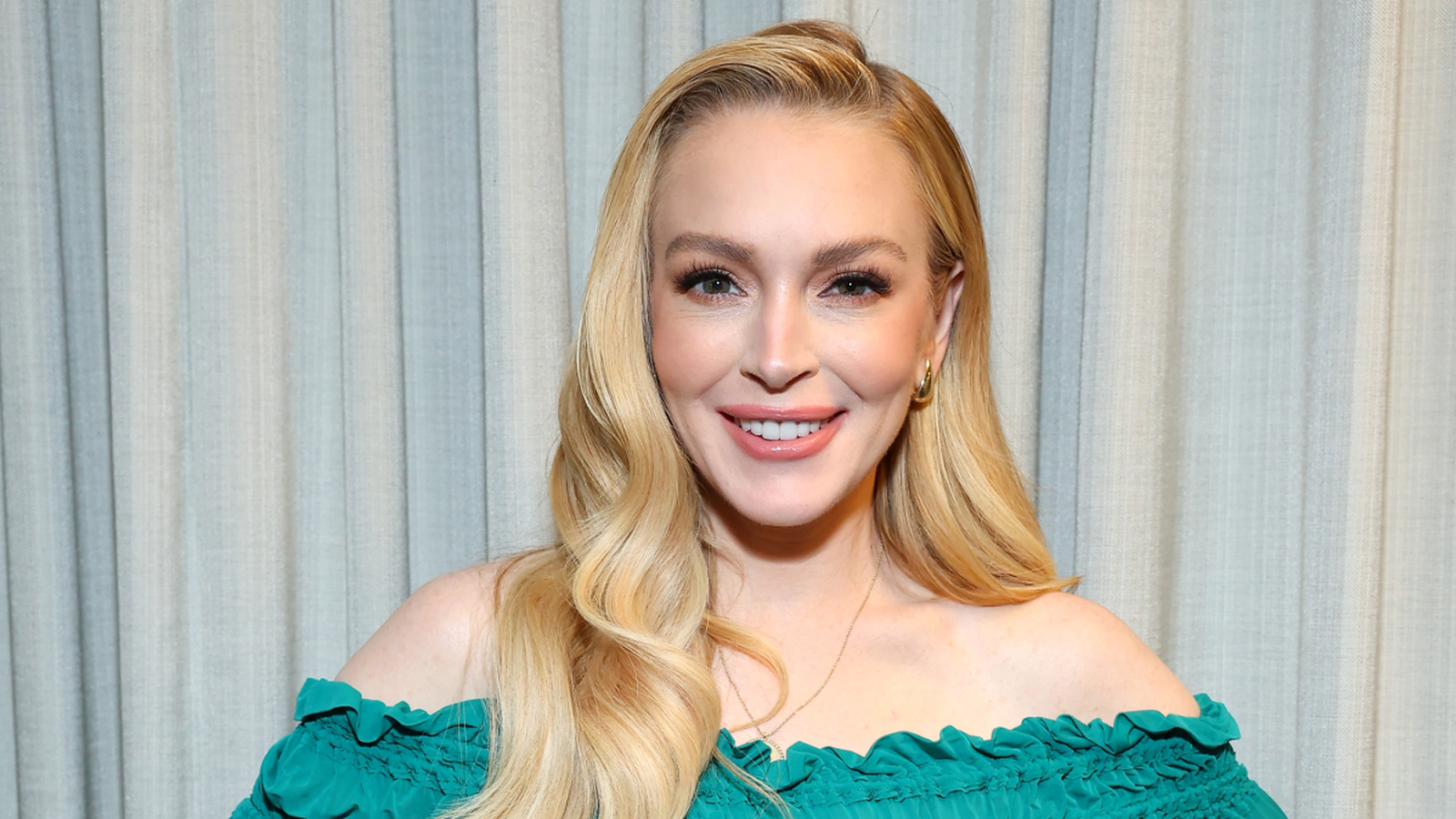The highly anticipated Amazon Prime Day 2025 culminated in a dazzling four-day shopping spectacle, captivating eager consumers across the nation. With deep discounts available on an extensive array of products—from cutting-edge technology to fashionable apparel and enticing beauty essentials—Prime Day has solidified its status as a must-attend event for savvy shoppers. Popular brands like Apple, Dyson, and Coach lured customers in with deals that felt too good to pass up, epitomizing the excitement
Did You Know
In Bhutan, they measure their country's success by Gross National Happiness, not GDP.
?
AD
of retail at its finest.
Amidst the frenzy, curated lists of can’t-miss items emerged as essential guides, helping shoppers navigate the overwhelming selection and spotlighting deals across various price ranges, including items under $10, $20, and $100. Beauty enthusiasts flocked for discounts on beloved brands like Laneige and EltaMD, while tech aficionados lined up for bargains on laptops and smart home gadgets. As editors and shopping experts shared their top recommendations, the feeling of camaraderie among consumers was palpable, all united in the quest for the best bargains available.
However, the competitive landscape was not solely dictated by Amazon this year; rivals like Walmart and Sam's Club sought to steal the thunder with their own enticing sales, reflecting a complicated retail rivalry. As the final hours of Prime Day ticked away, urgency heightened, driving even the most hesitant shoppers to take action. The collective exhilaration and intensity captured during this sales event not only embody the thrill of bargain hunting but also highlight the dynamic nature of consumerism in an ever-evolving retail world.
Q&A (Auto-generated by AI)
What is Amazon Prime Day's history?
Amazon Prime Day was first launched in July 2015 to celebrate Amazon's 20th anniversary. Initially intended as a one-day event, it quickly gained popularity, evolving into an annual sales event offering exclusive deals for Amazon Prime members. Over the years, it has expanded to include multiple days and even global participation, showcasing a wide range of products from electronics to fashion.
How do Prime Day deals compare to Black Friday?
While both Prime Day and Black Friday offer significant discounts, Prime Day focuses on Amazon's own products and exclusive deals for Prime members, often featuring tech gadgets like Echo devices and Kindle readers. Black Friday, traditionally after Thanksgiving, includes discounts across various retailers, encompassing a broader range of products and brands, making it a more competitive shopping day.
What products are typically discounted on Prime Day?
Prime Day often features discounts on electronics, including Amazon devices like Fire Tablets, Echo speakers, and Kindle e-readers. Other popular categories include home goods, fashion, beauty products, and kitchen appliances. High-demand brands like Apple, Dyson, and Coach frequently see significant markdowns, attracting a diverse range of shoppers.
How does Amazon decide which deals to offer?
Amazon analyzes consumer shopping patterns, sales data, and inventory levels to determine which products to discount during Prime Day. The company aims to offer deals on best-selling items and seasonal products, ensuring that the deals align with customer interests and trends, often influenced by prior sales performance and market research.
What impact does Prime Day have on sales trends?
Prime Day has a significant impact on retail sales trends, often marking a shift toward online shopping. It sets a precedent for competitive pricing, influencing other retailers to offer similar sales events. The surge in online shopping during Prime Day also highlights the growing importance of e-commerce in the retail landscape, particularly among younger consumers.













